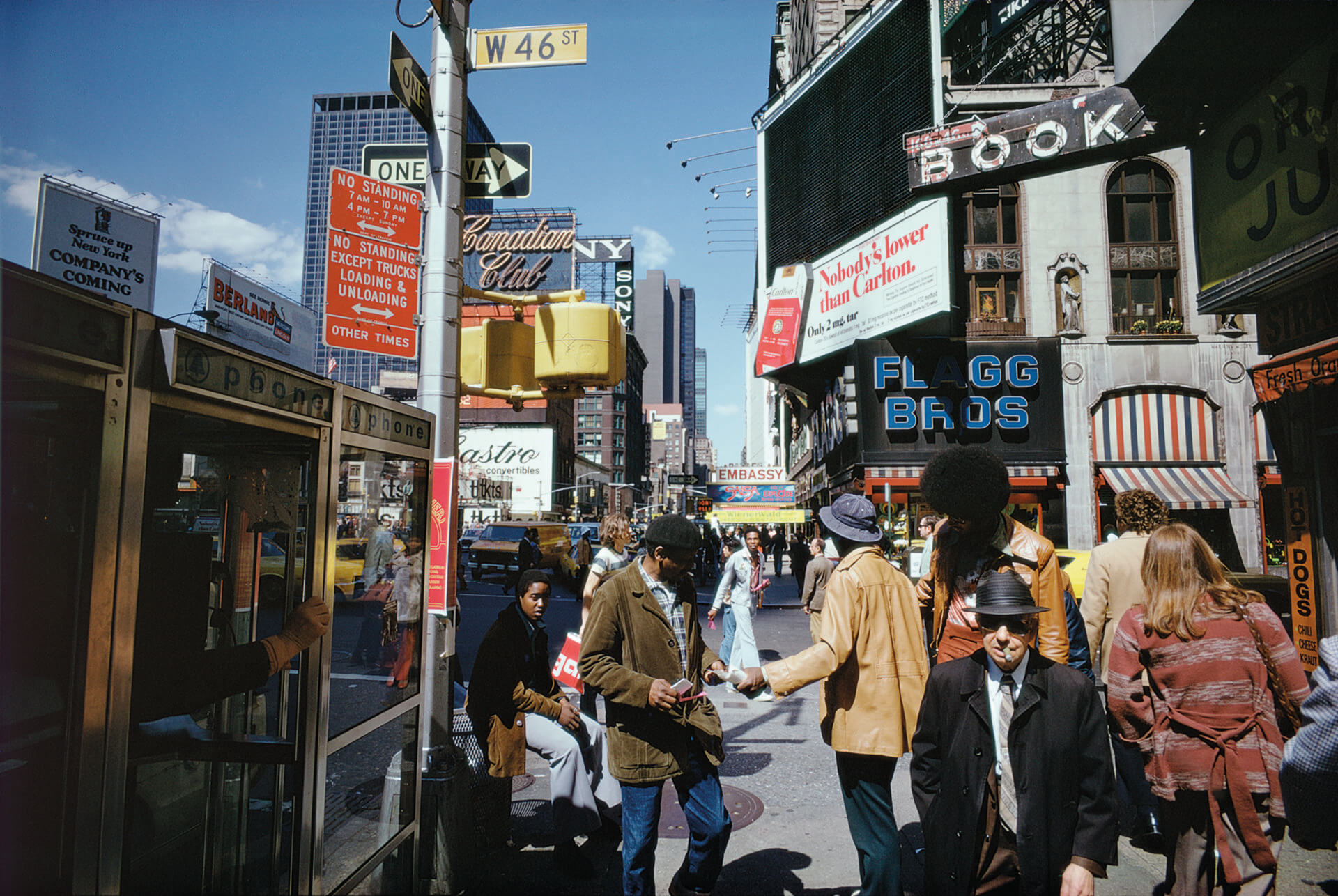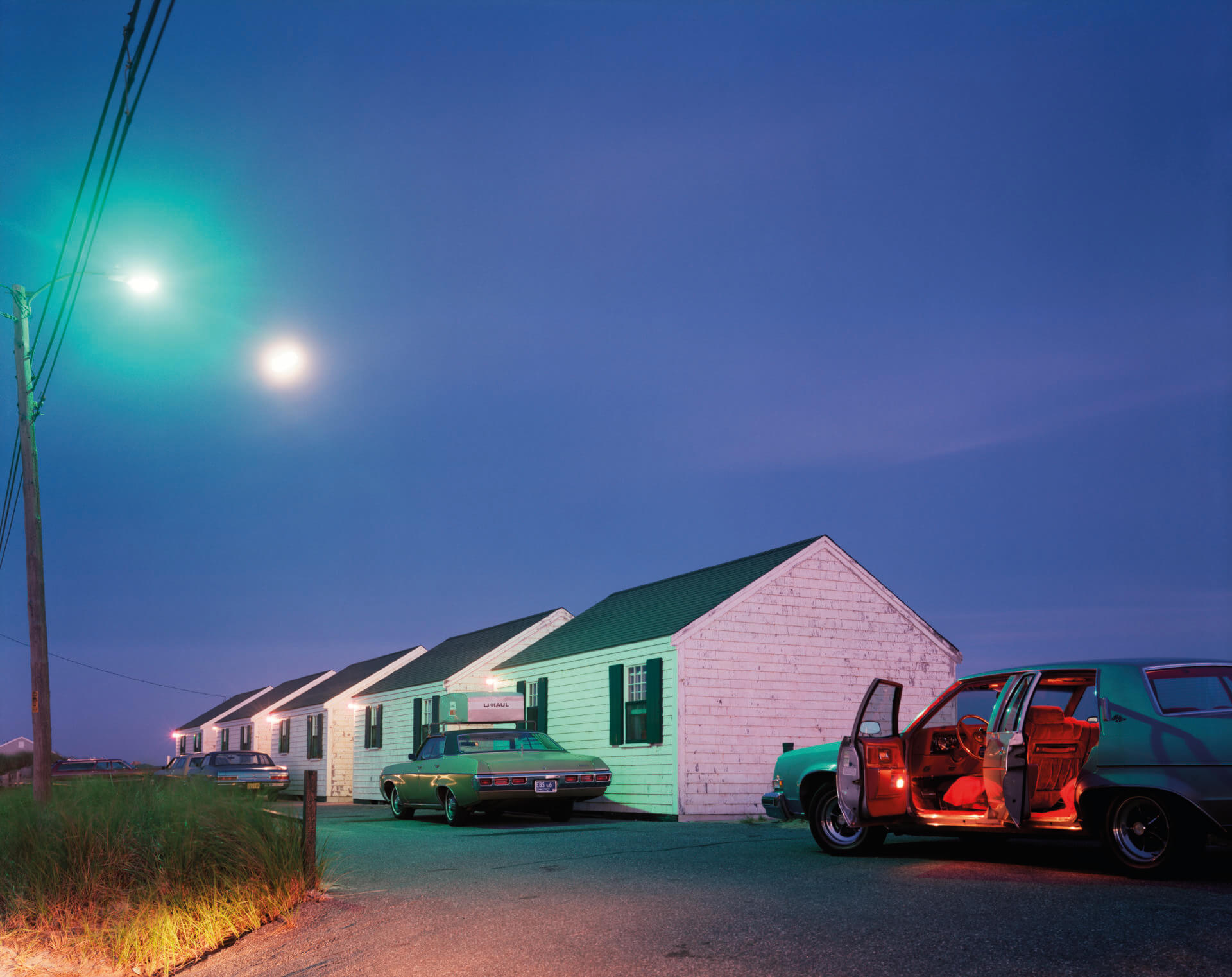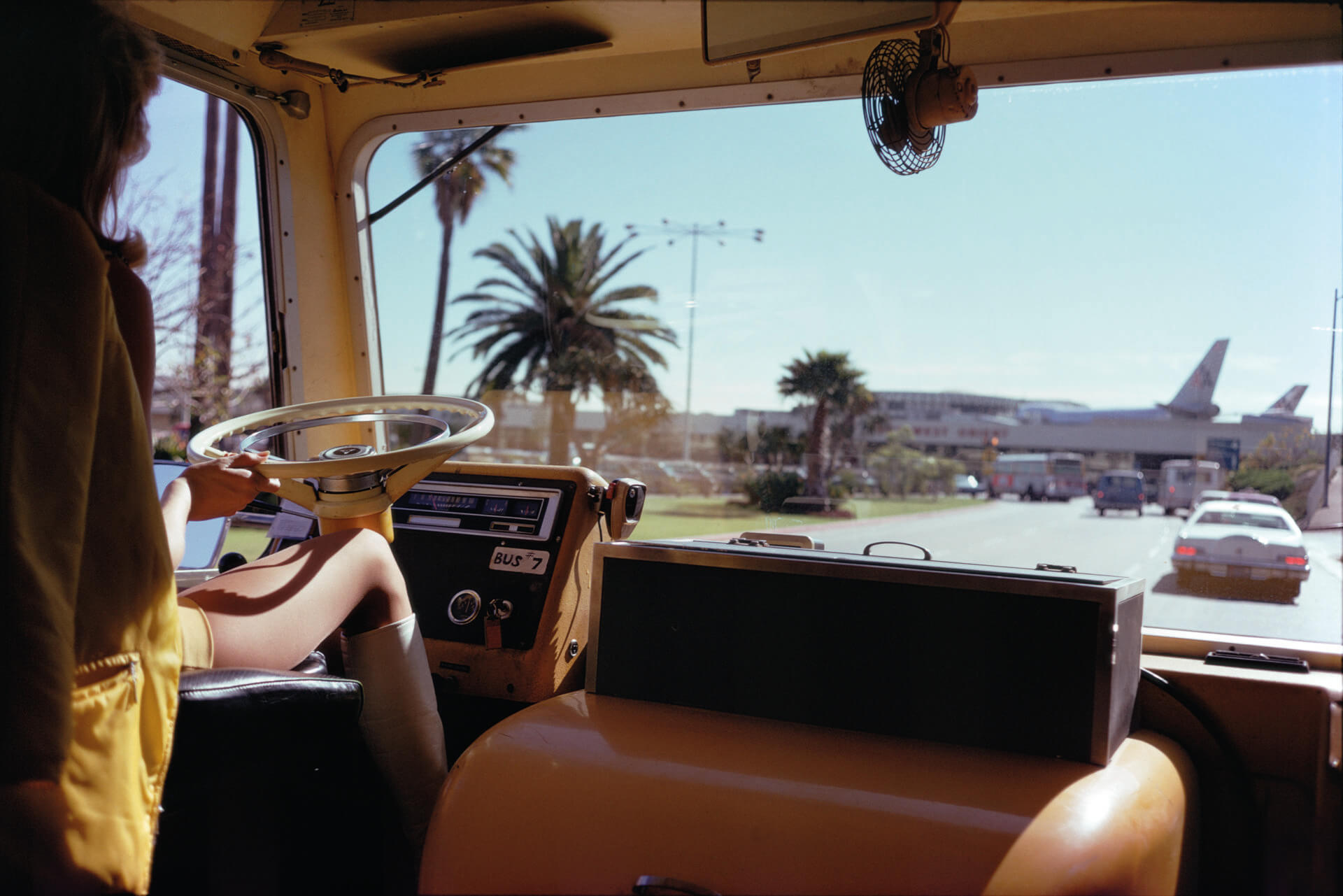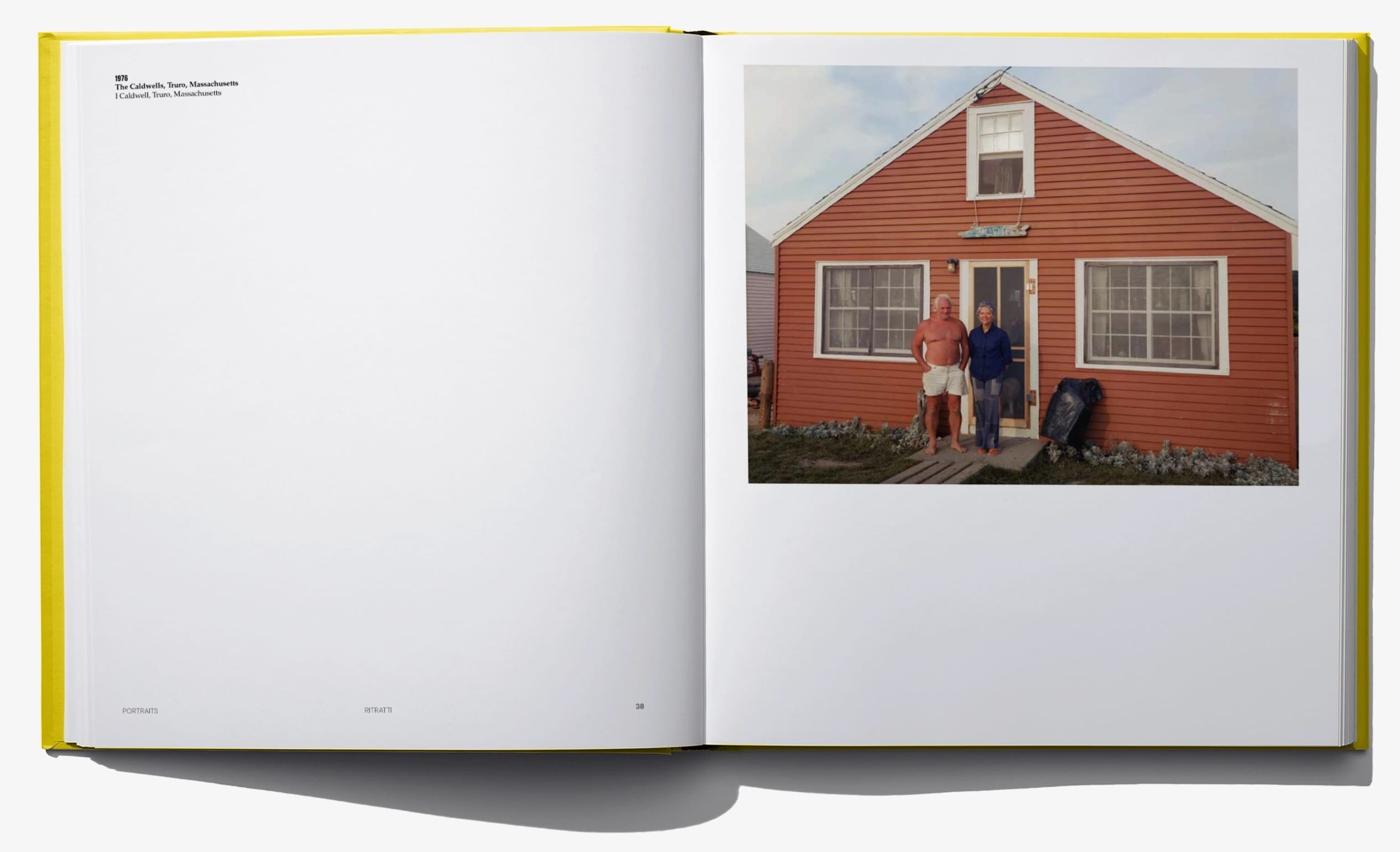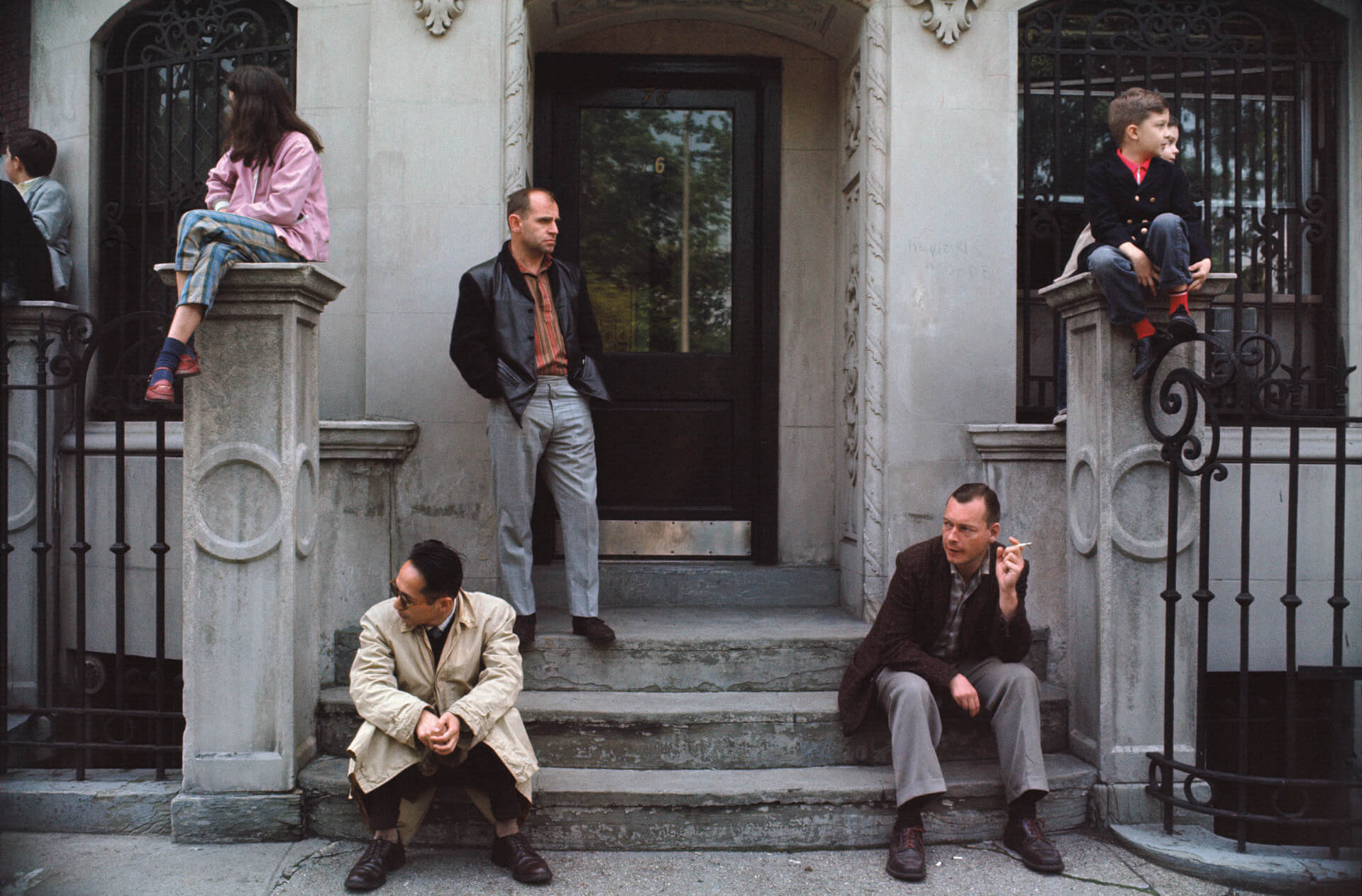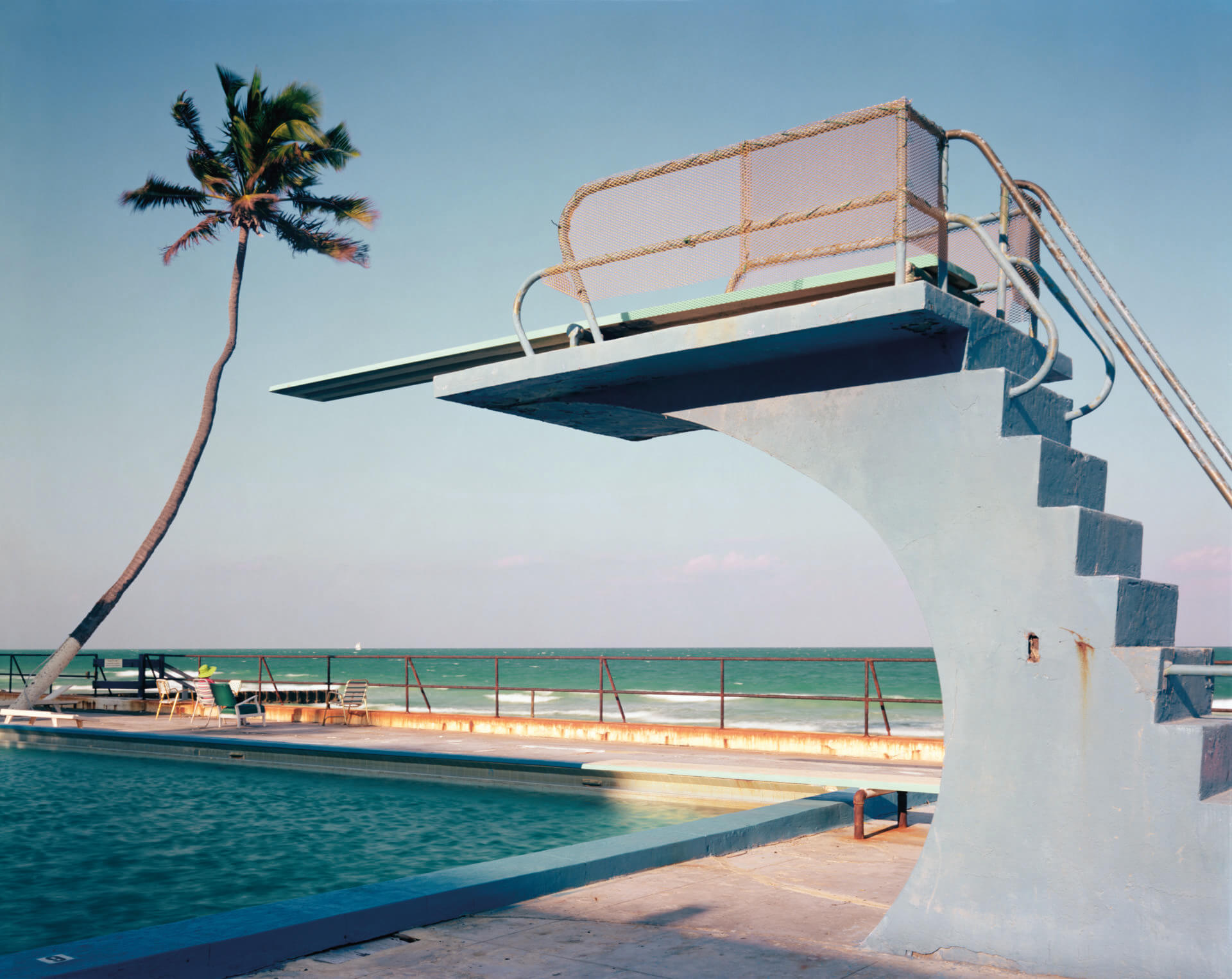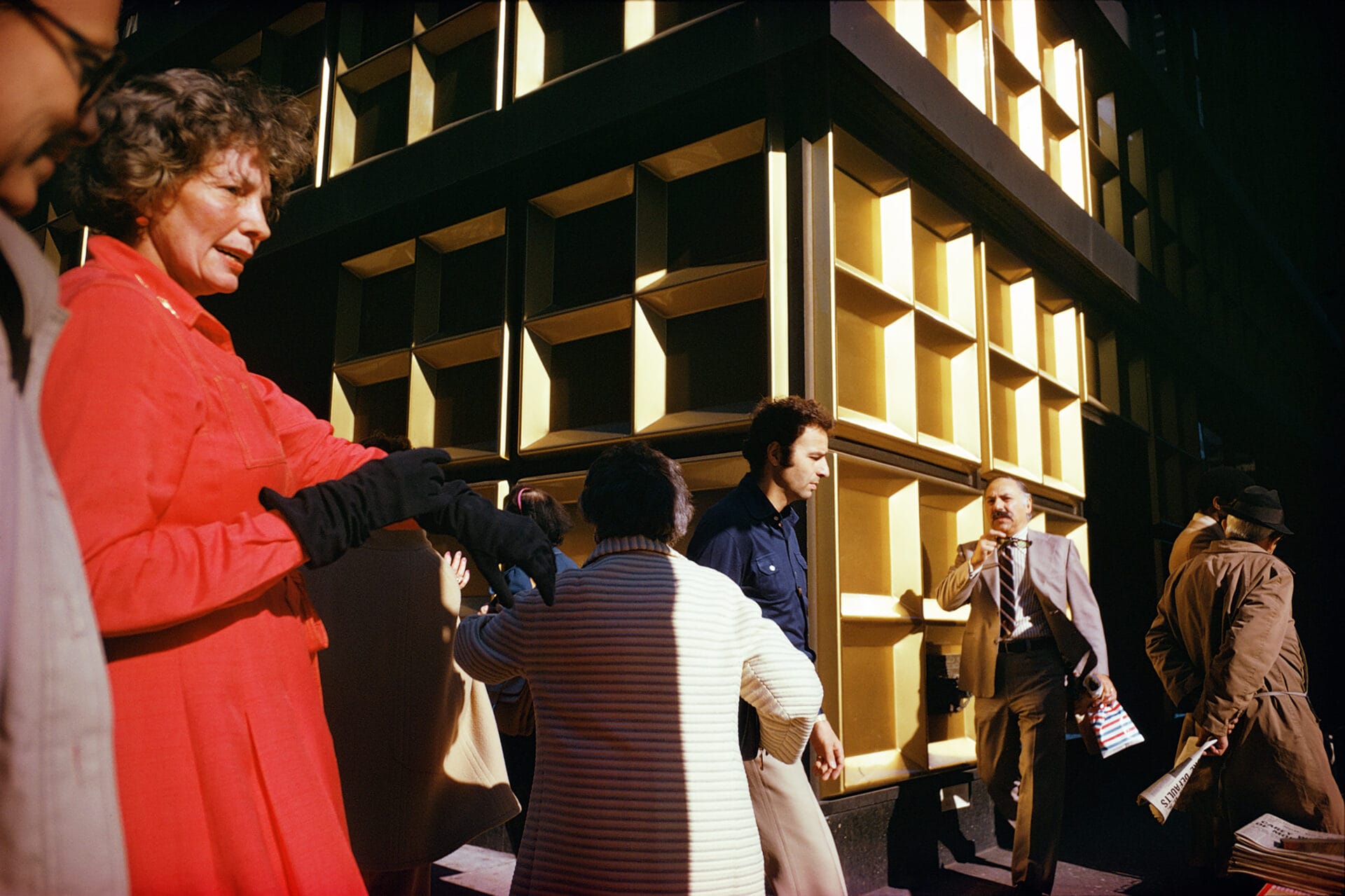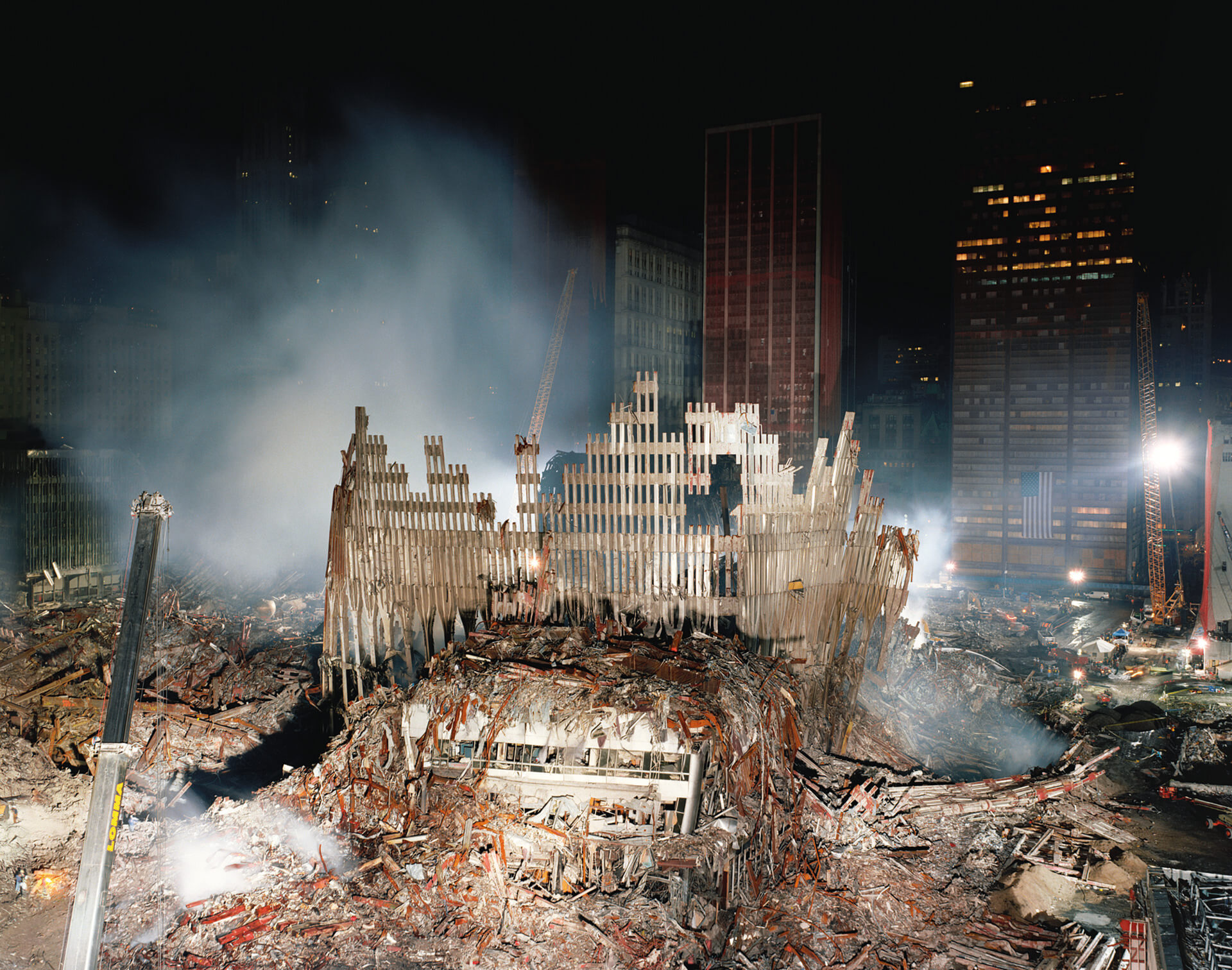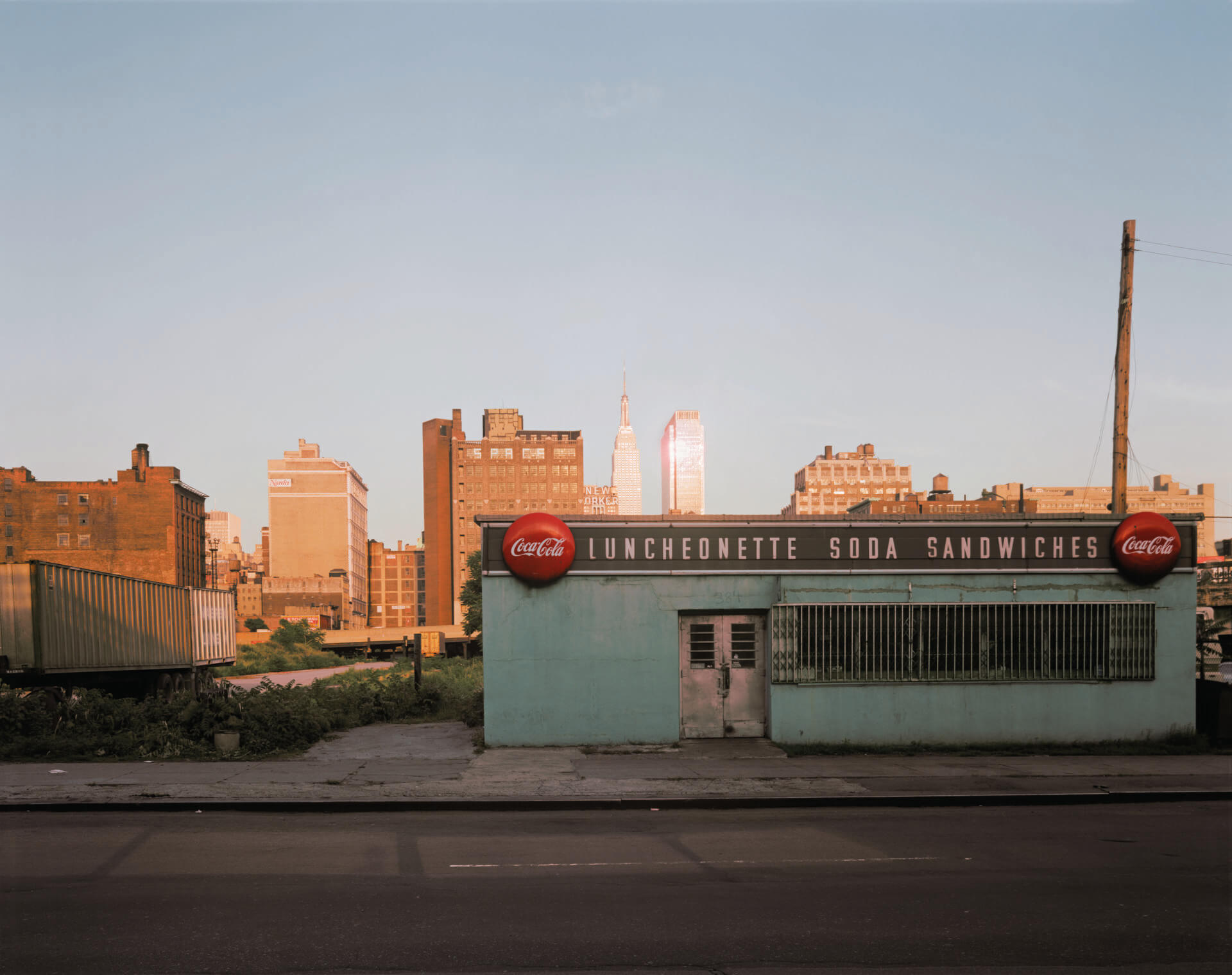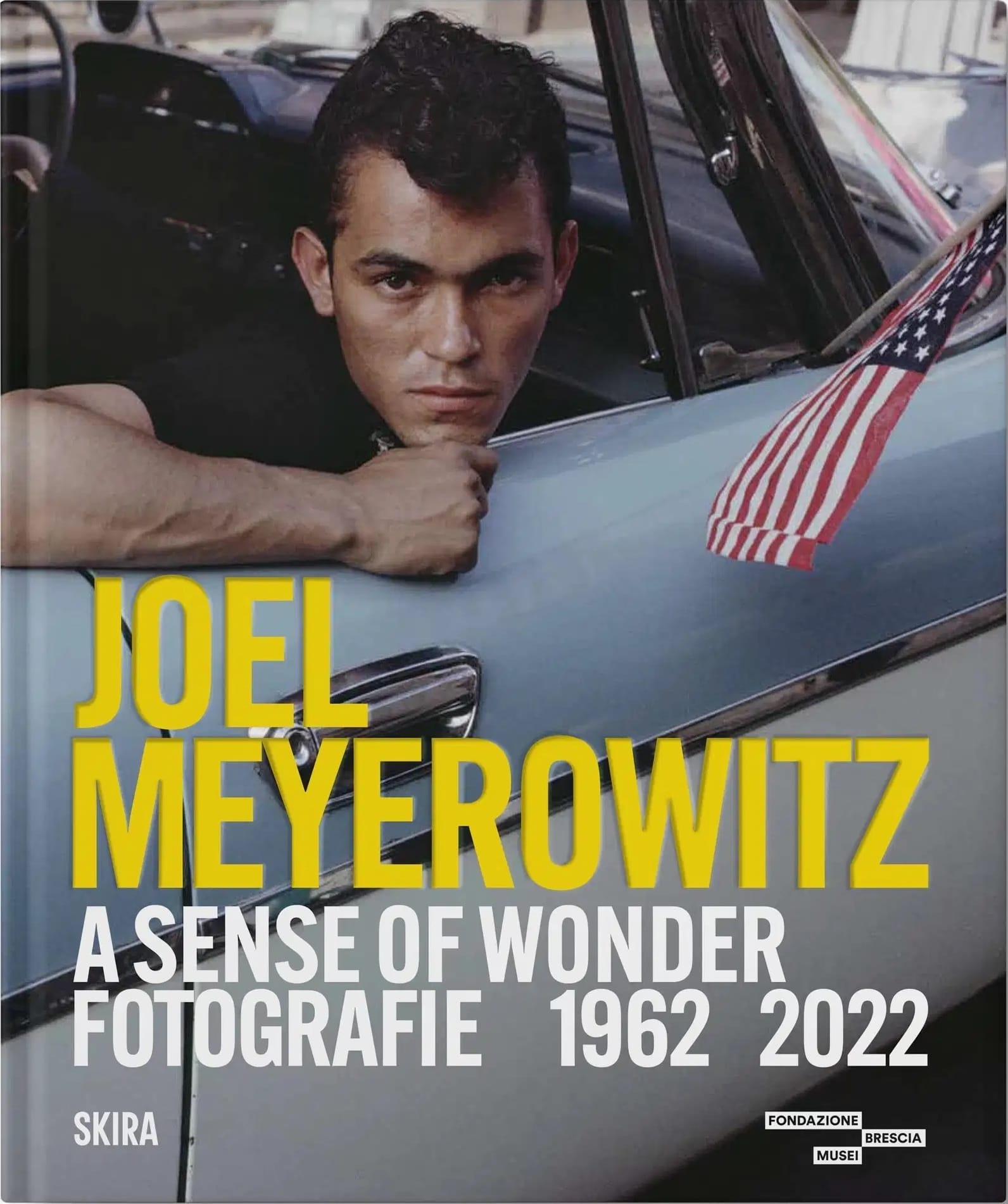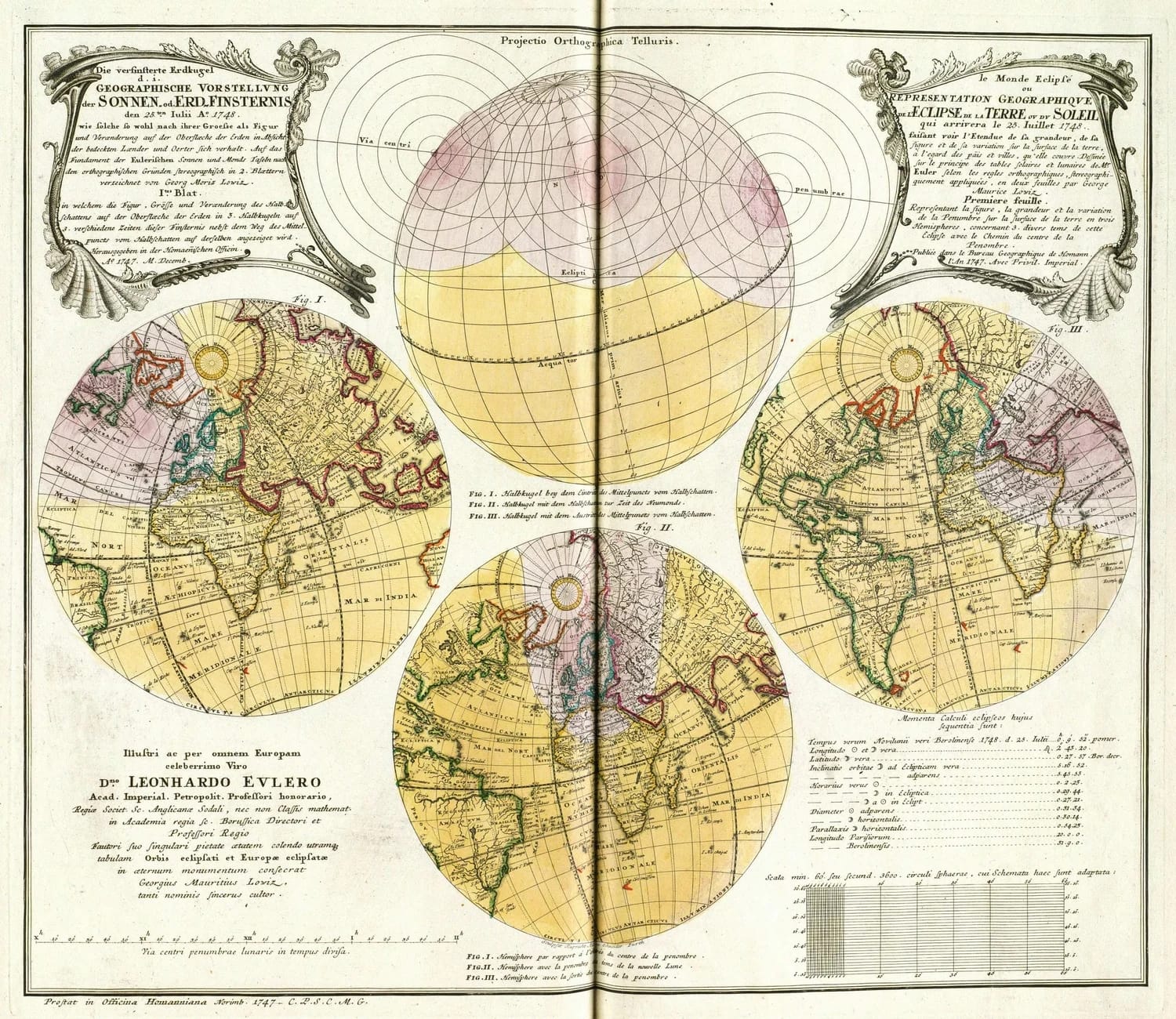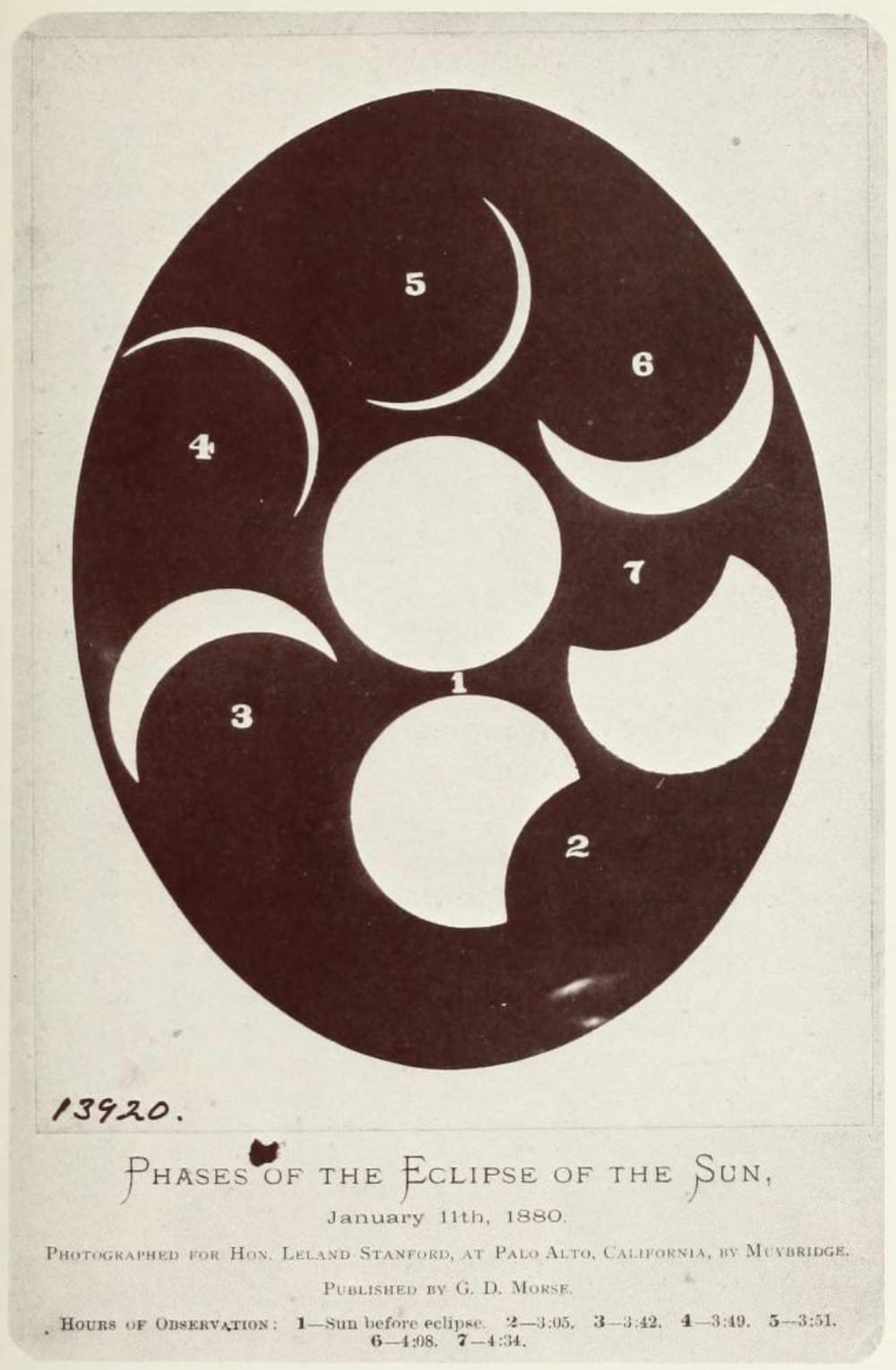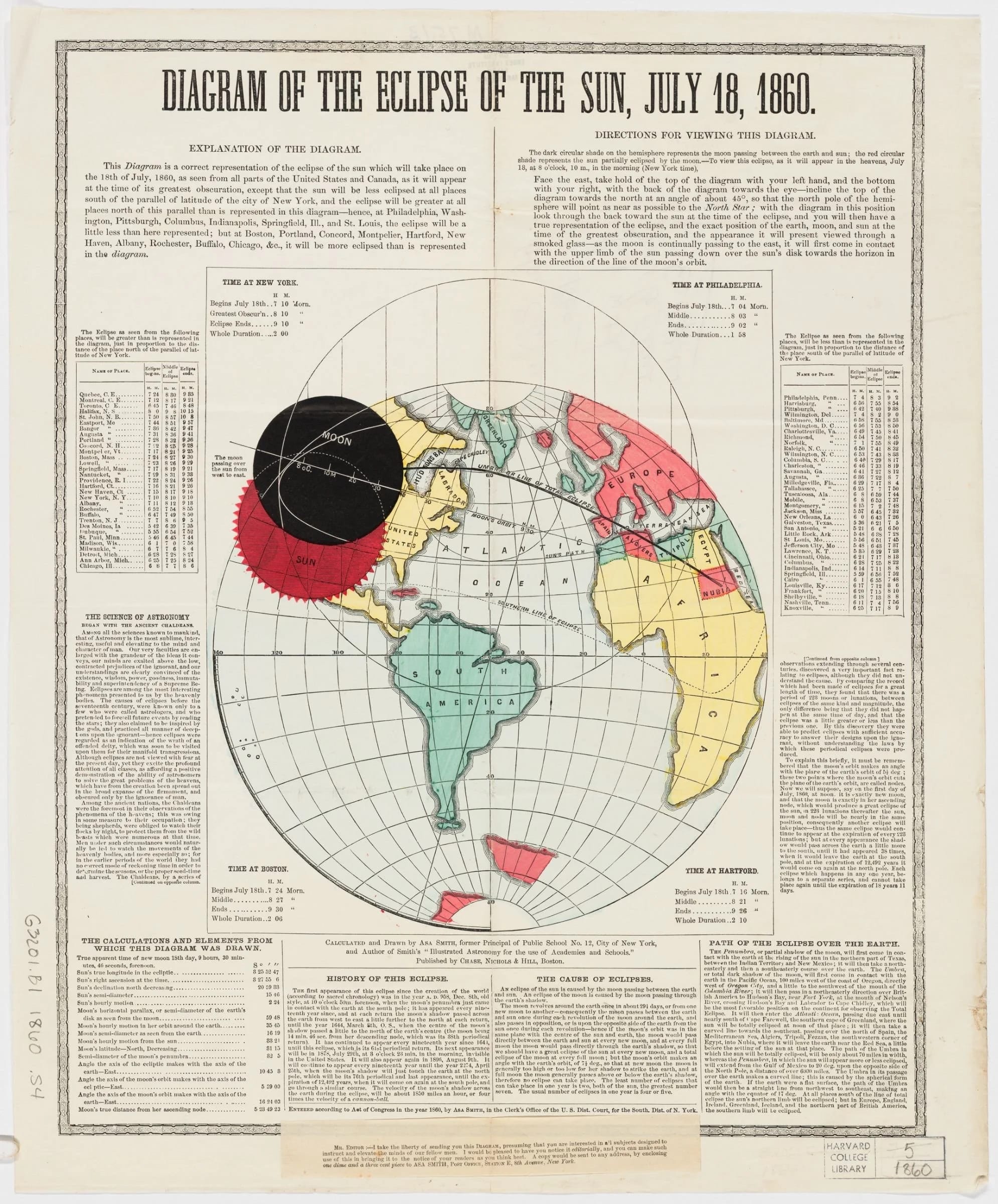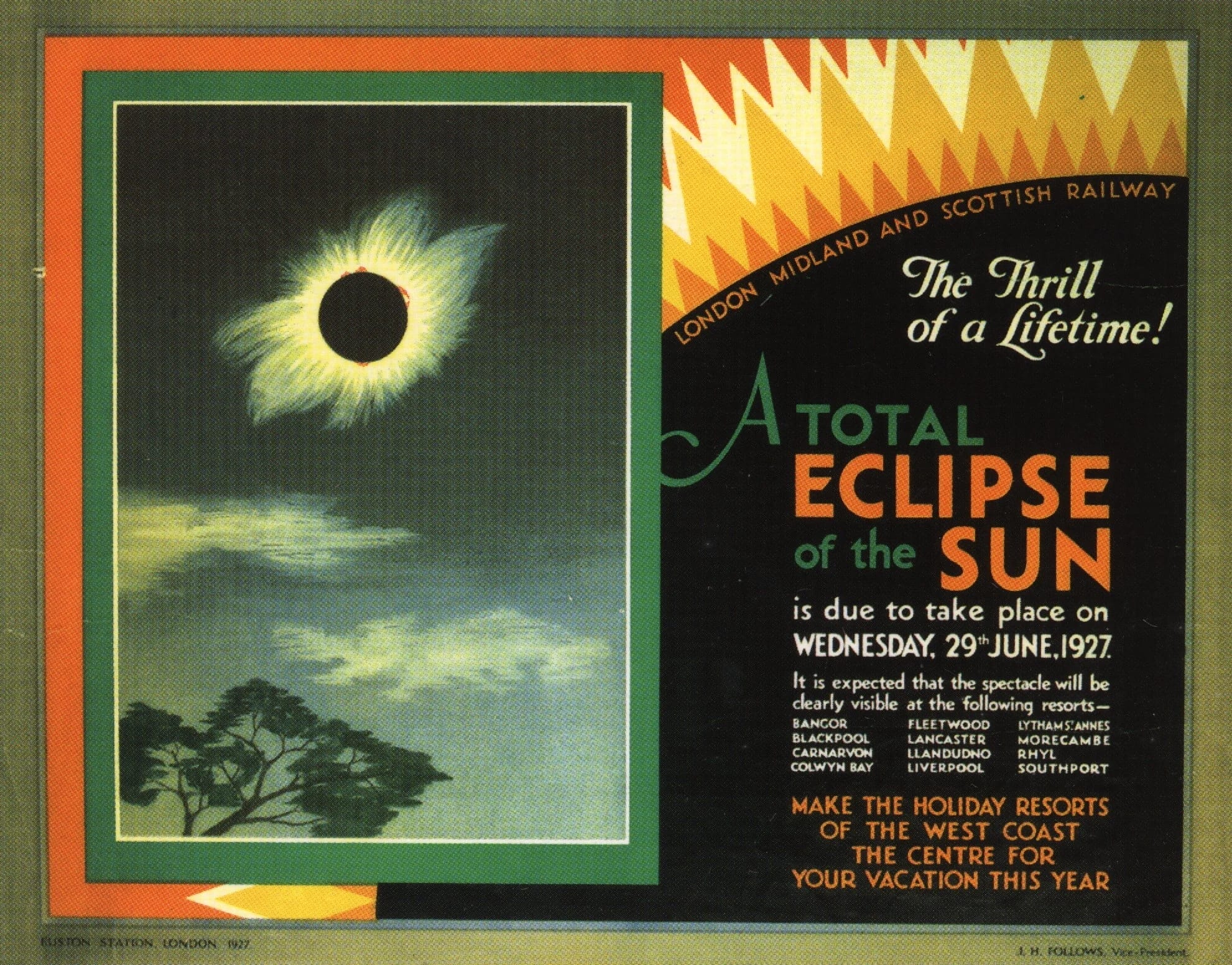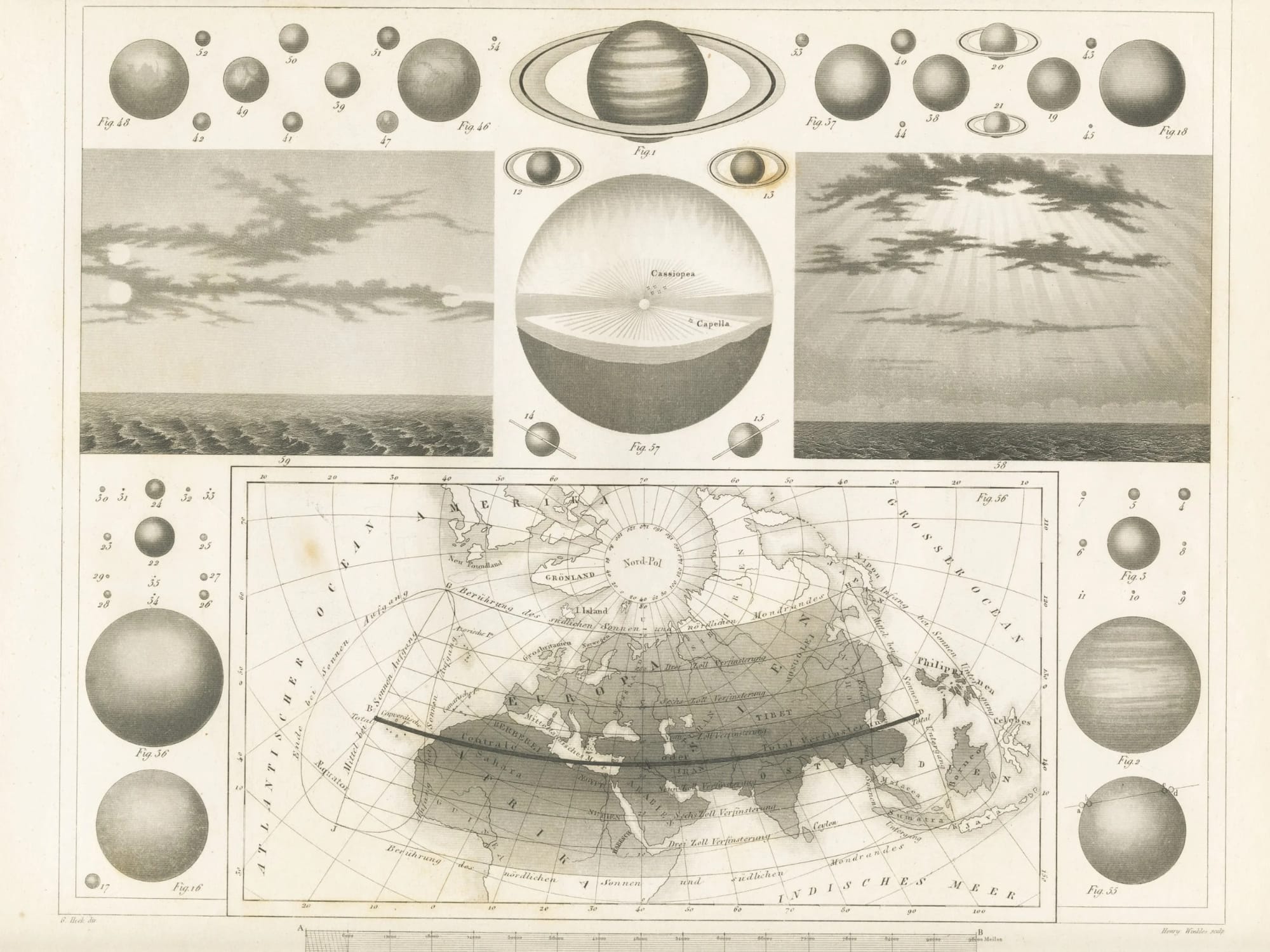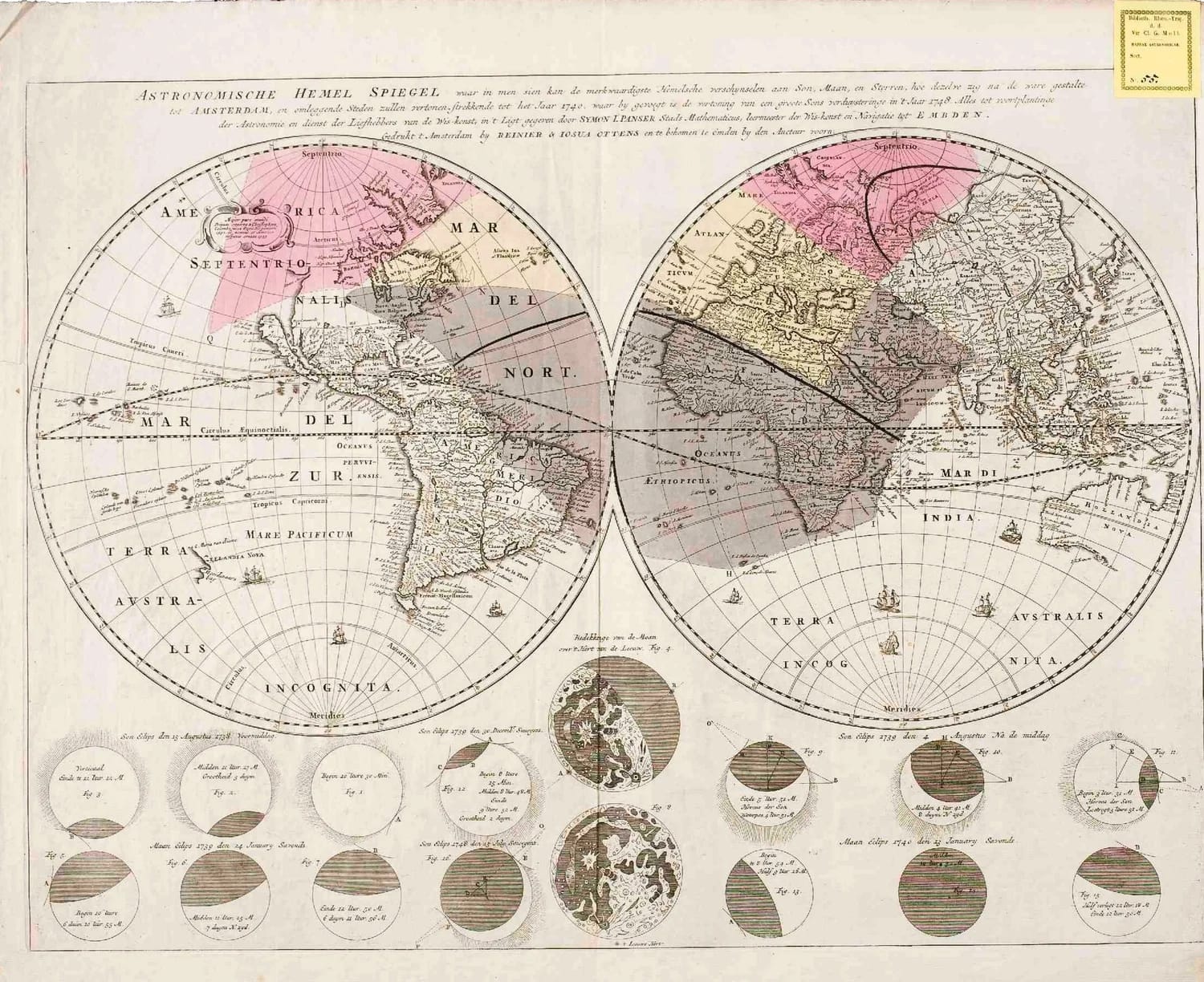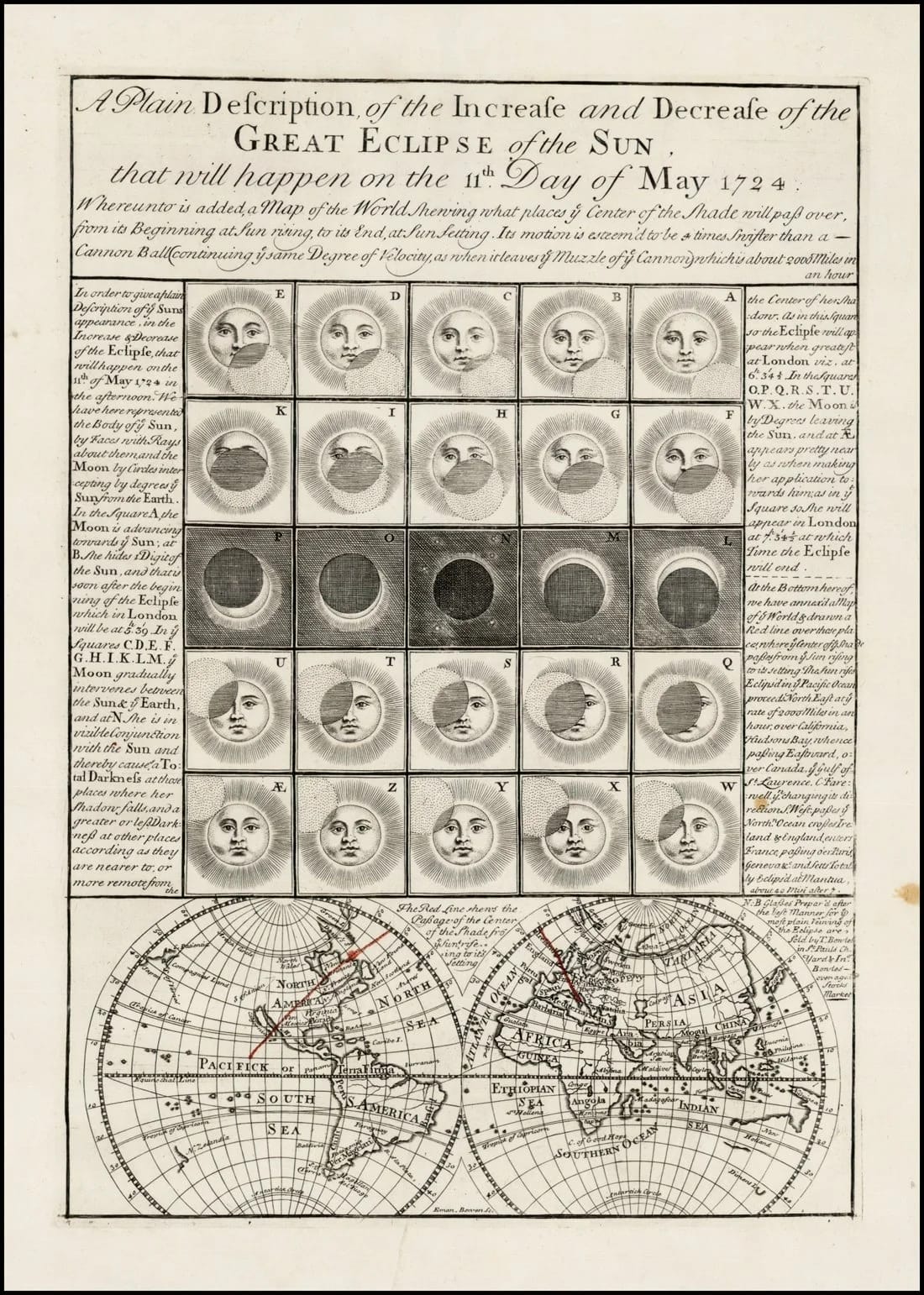‘Crafting Sanctuaries’ Sheds Light on Black Experience in the South During the Great Depression

Between 1935 and 1944, the Farm Security Administration (FSA) spurred a unique documentary project. The government outfit, organized as part of Franklin D. Roosevelt’s New Deal, provided aid to rural families during the Great Depression. The global economic crisis spanned 1929 to 1939 and was compounded in North America by the Dust Bowl, a severe drought exacerbated by poor agricultural practices and strong winds. Many farmers and their families were forced to migrate as, in some cases, their livelihoods essentially blew away.
Roy E. Striker, head of the Information Division of the FSA, had the foresight to hire a group of renowned photographers to chronicle the realities of the living conditions in rural parts of the U.S. Throughout its 9-year run, the FSA tapped the likes of Walker Evans, Dorothea Lange, Russell Lee, Arthur Rothstein, Ben Shahn, Jack Delano, Marion Post Wolcott, Gordon Parks, John Vachon, and Carl Mydans, among other luminaries.
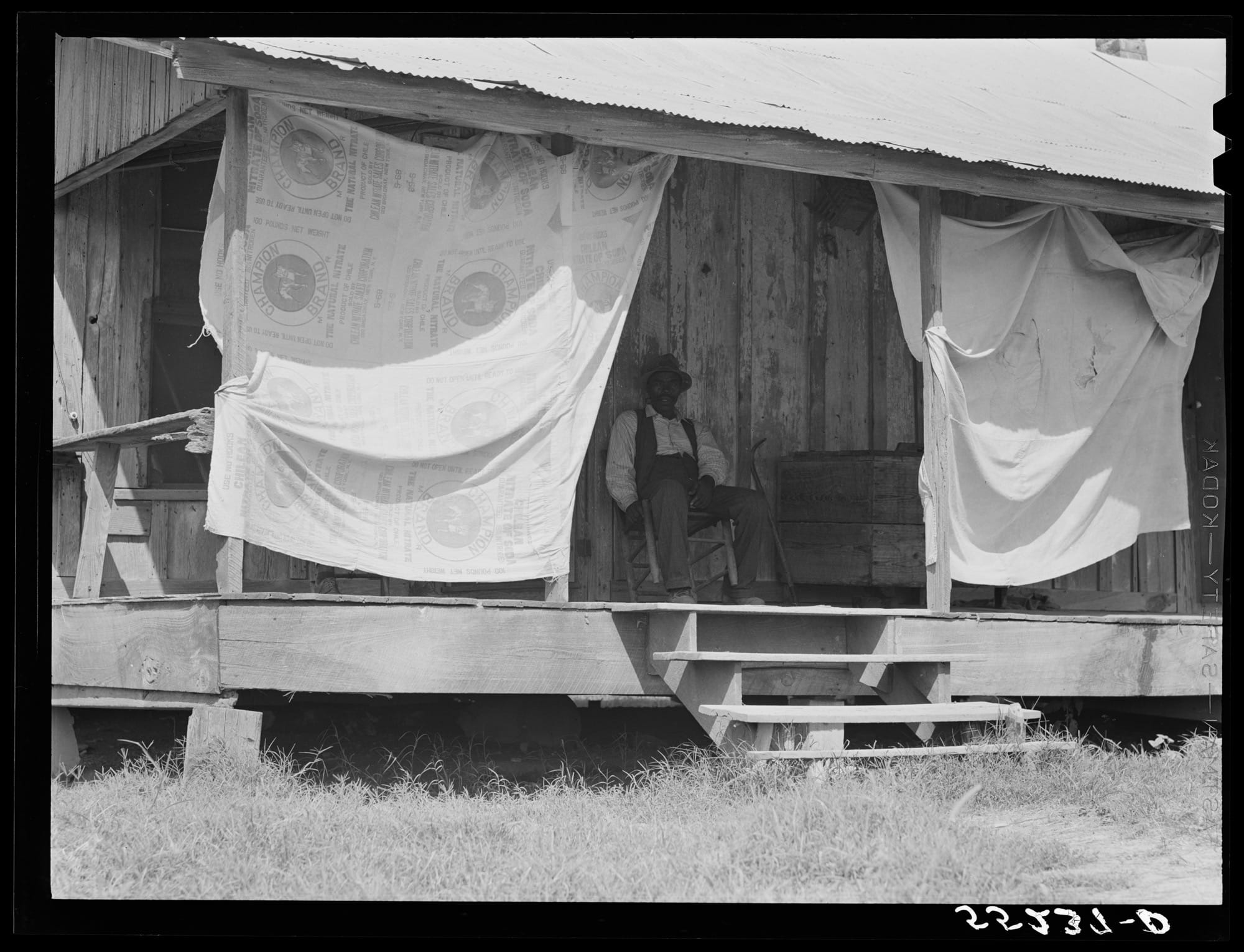
Initially, the project focused on documenting cash loans made to individual farmers as a visual record of the good money could do, along with suburban development initiatives. The second phase took a more ambitious approach by dispatching photographers to the rural South to focus on the lived experiences of sharecroppers, along with migratory laborers in the West and Midwest. Later, the project expanded to include rural and urban documentation and World War II.
Arguably, the most iconic image captured by a FSA photographer during this time is Dorothea Lange’s 1936 portrait, often referred to as “Migrant Mother,” which depicts a destitute pea-picking family in California. But the images that Stryker chose to eventually publish, selected from tens of thousands of negatives overall, focus on a relatively narrow view of life during this time, presenting the period as a predominantly white struggle.
For Art Bridges Foundation curatorial associate Tamir Williams, Ph.D., this omission presents a unique opportunity to highlight “how Black Southerners created spaces of resilience, refuge, and identity amid widespread economic hardship and systemic oppression.” Stunning black-and-white images transport us back to an era almost beyond imagining—if it weren’t for the extraordinary record of daily life captured through the eyes of Rothstein, Evans, Lee, and more.
In a collaboration between Art Bridges and Museum of Art + Light, a new exhibition titled Crafting Sanctuaries: Black Spaces of the Black Great
Depression South revolves around more than three dozen rarely seen images from the FSA archive that shed light on Black spaces during the Great Depression. Photos of homes, churches, schools, and barbershops demonstrate how “interior and public gathering spaces became canvases for self-determination and cultural preservation.”
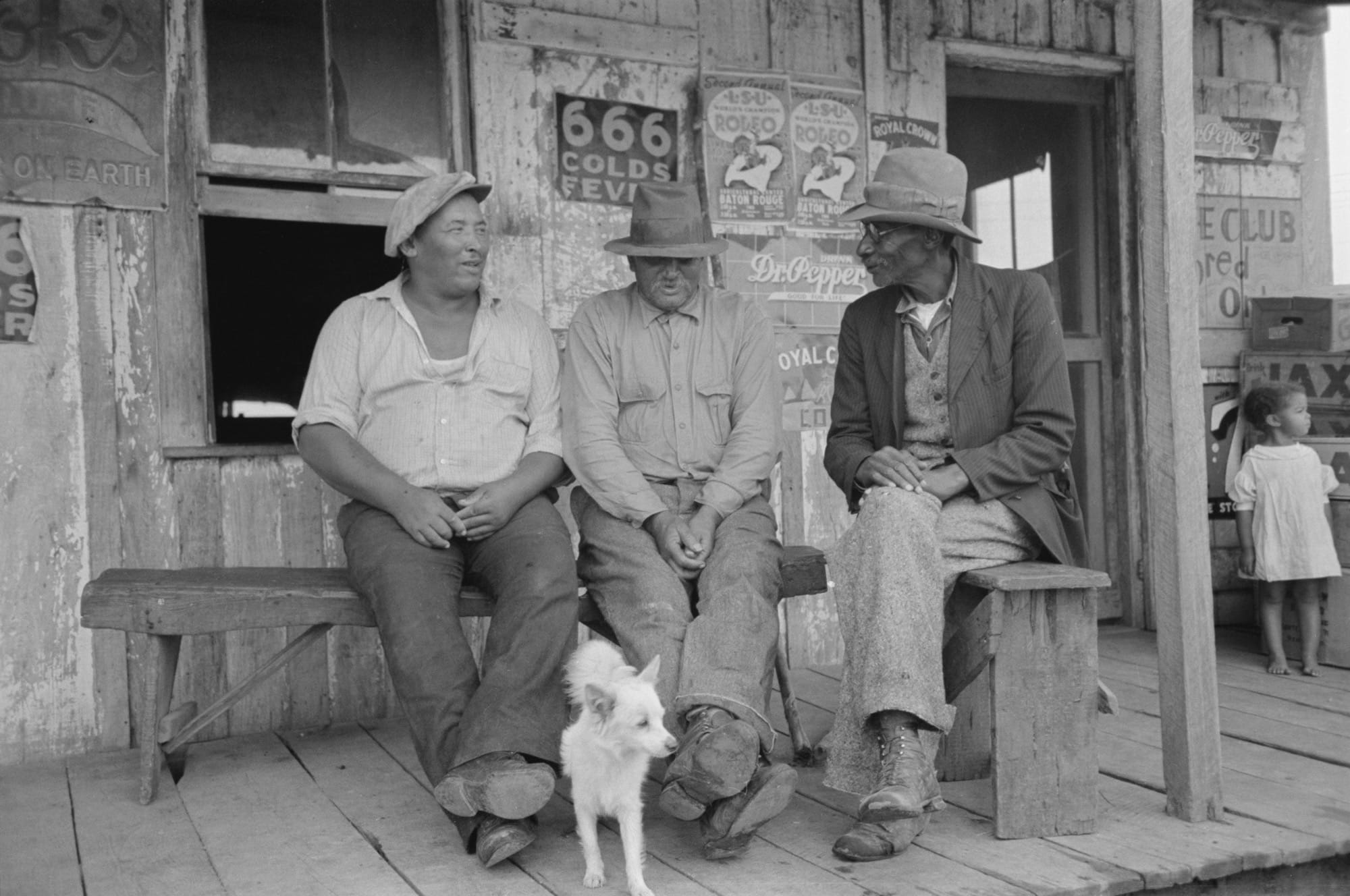
The images in this exhibition focus on the American South, particularly the lives of sharecroppers. Tenant farmers who worked land belonging to someone else—to whom they paid rent in the form of crops instead of cash—were often bound up in a cycle of indebtedness, thanks to high interest rates and unfair contract terms that made it difficult to break even, let alone get ahead. Beholden to landowners, many sharecroppers experienced a system that essentially prolonged certain conditions of slavery.
From the shade of a Mississippi Delta porch to an Atlanta barber shop to hearths in plantation tenant homes, FSA photographers captured candid, tender, everyday scenes that highlight the living and working conditions of Black laborers in the 1930s and early 1940s.
The titles, often written in the form of descriptions, employ obsolete terminology yet afford glimpses of specific locations like Gees Bend, Atlanta, and elsewhere throughout the Deep South. Still forced to endure the practices of the Jim Crow era, Black people attended segregated churches, barber shops, and other businesses. Crafting Sanctuaries shines a light on these historically underrepresented places.
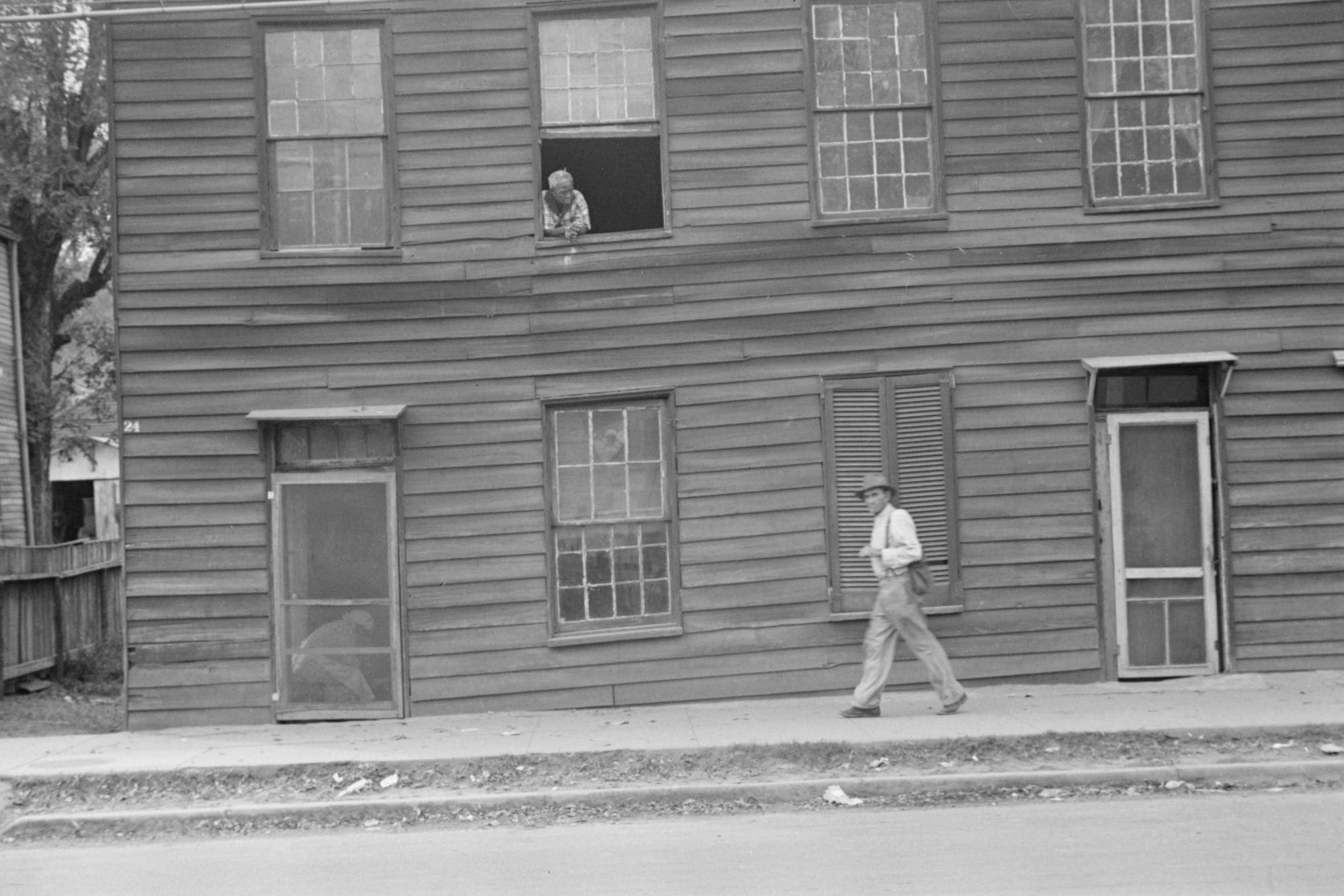
Crafting Sanctuaries is on view at the Museum of Art + Light in Manhattan, Kansas, through March 9, 2026, when it may tour. Plan your visit on the museum’s website. You also might enjoy the FSA photographers’ “killed negatives” or a deep dive into more than 170,000 FSA images in the archive of the Library of Congress.
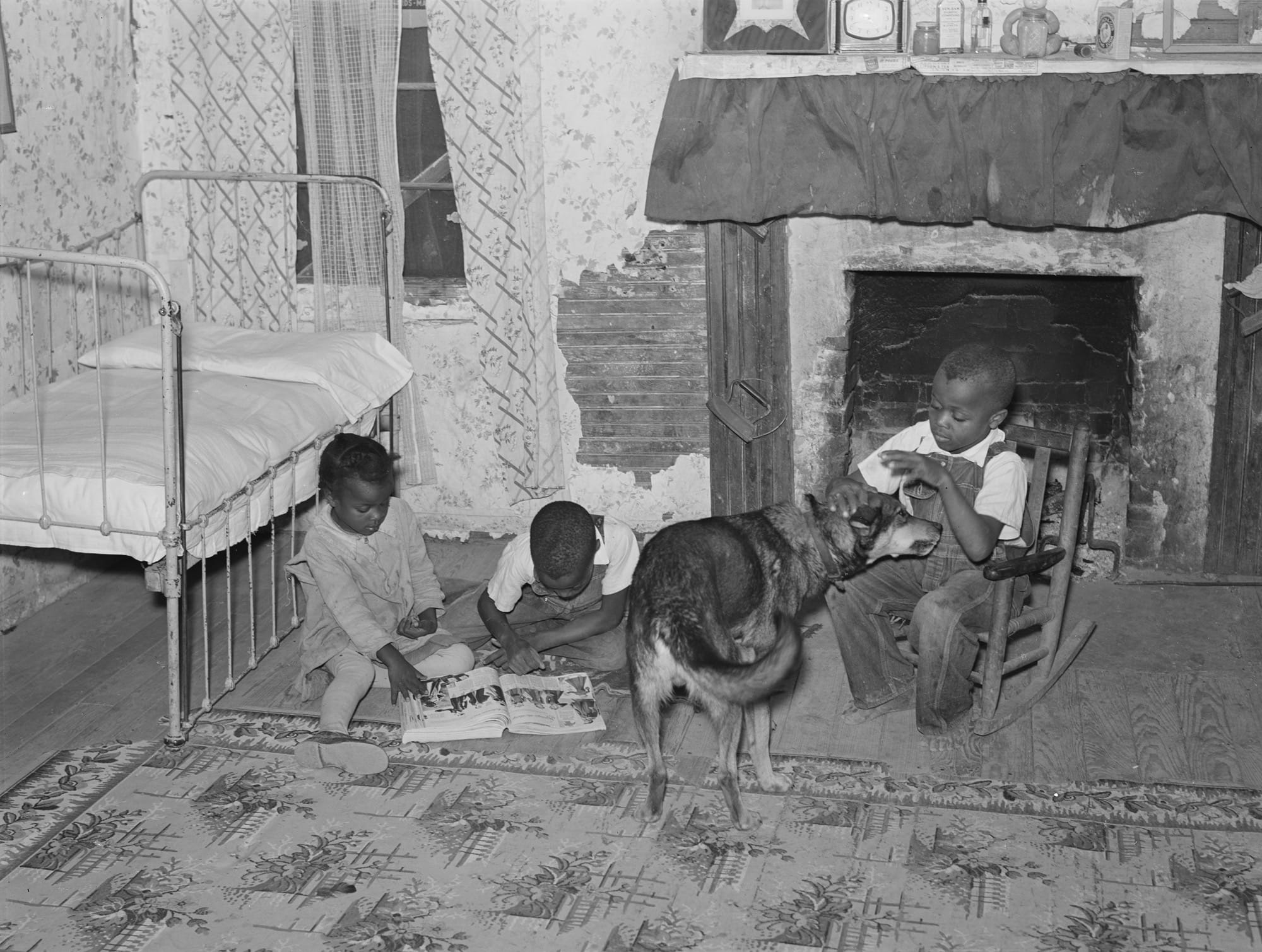
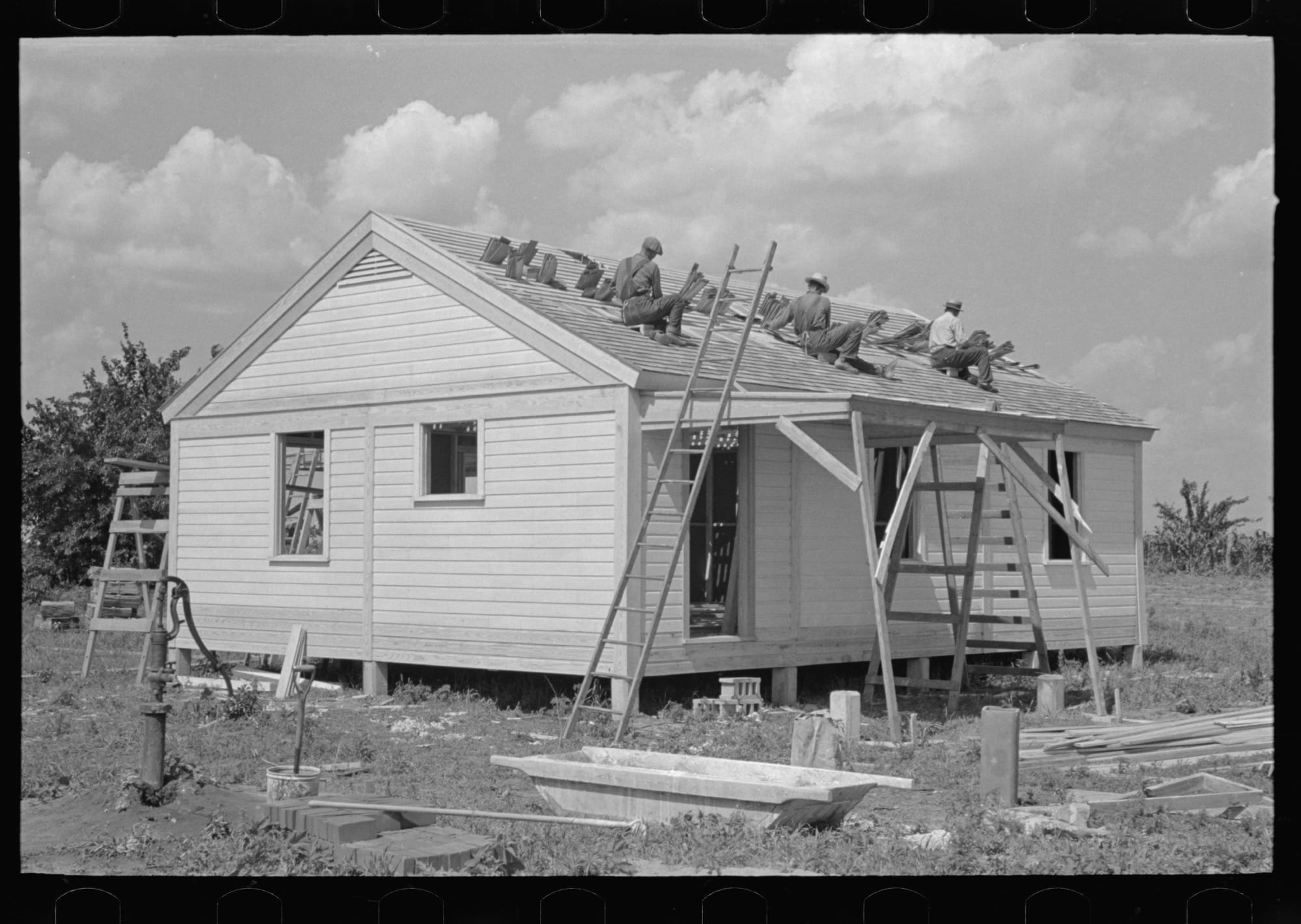
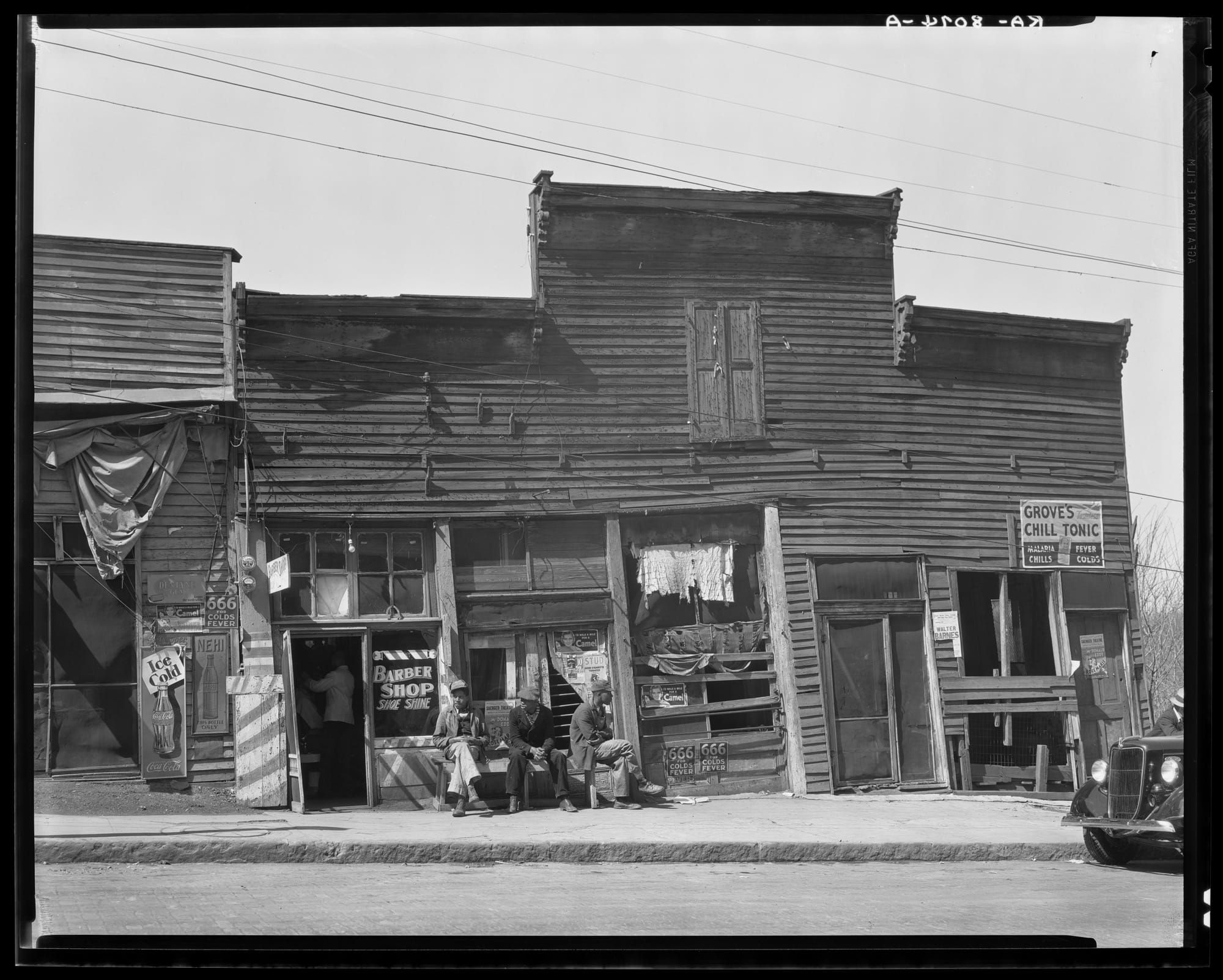
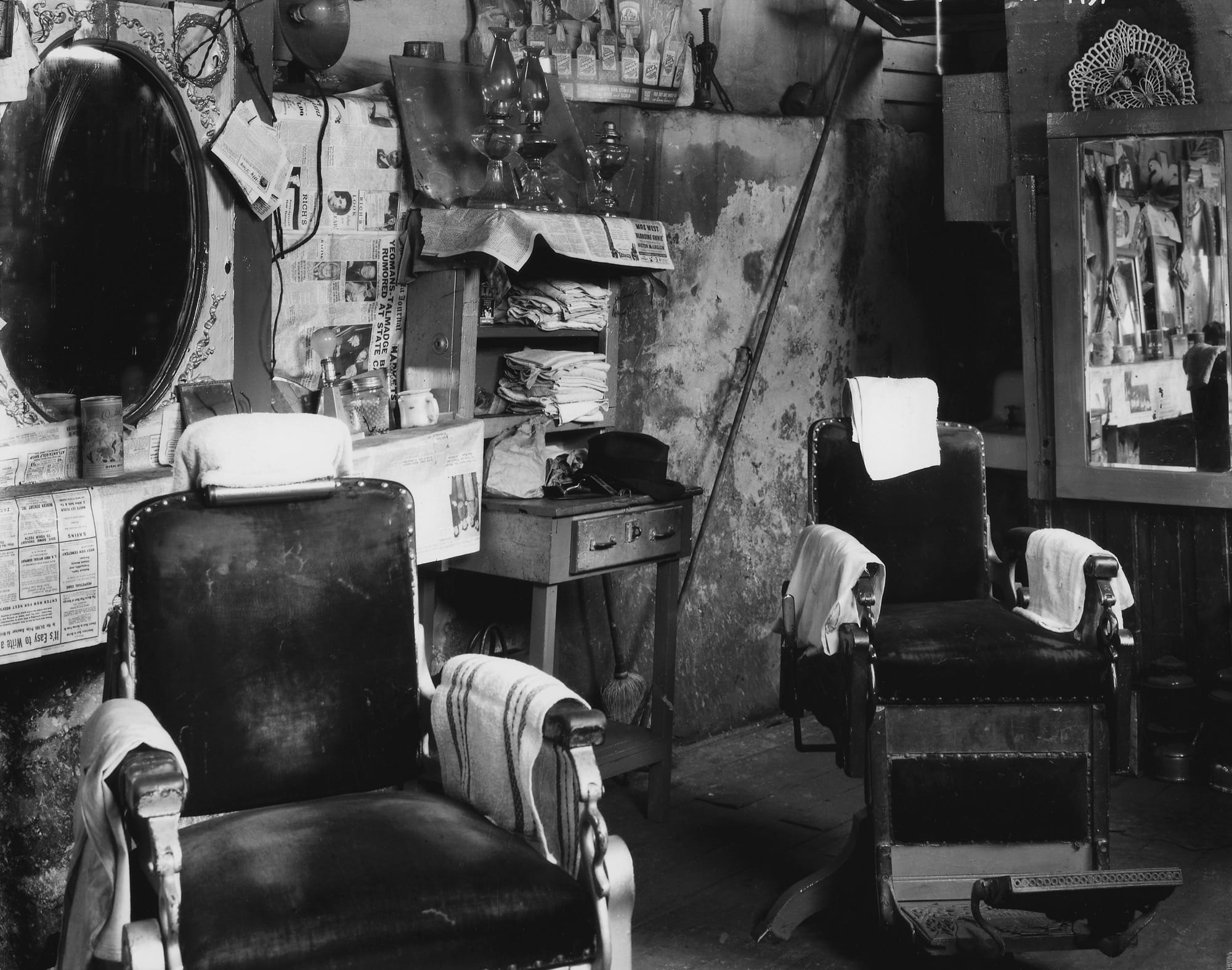
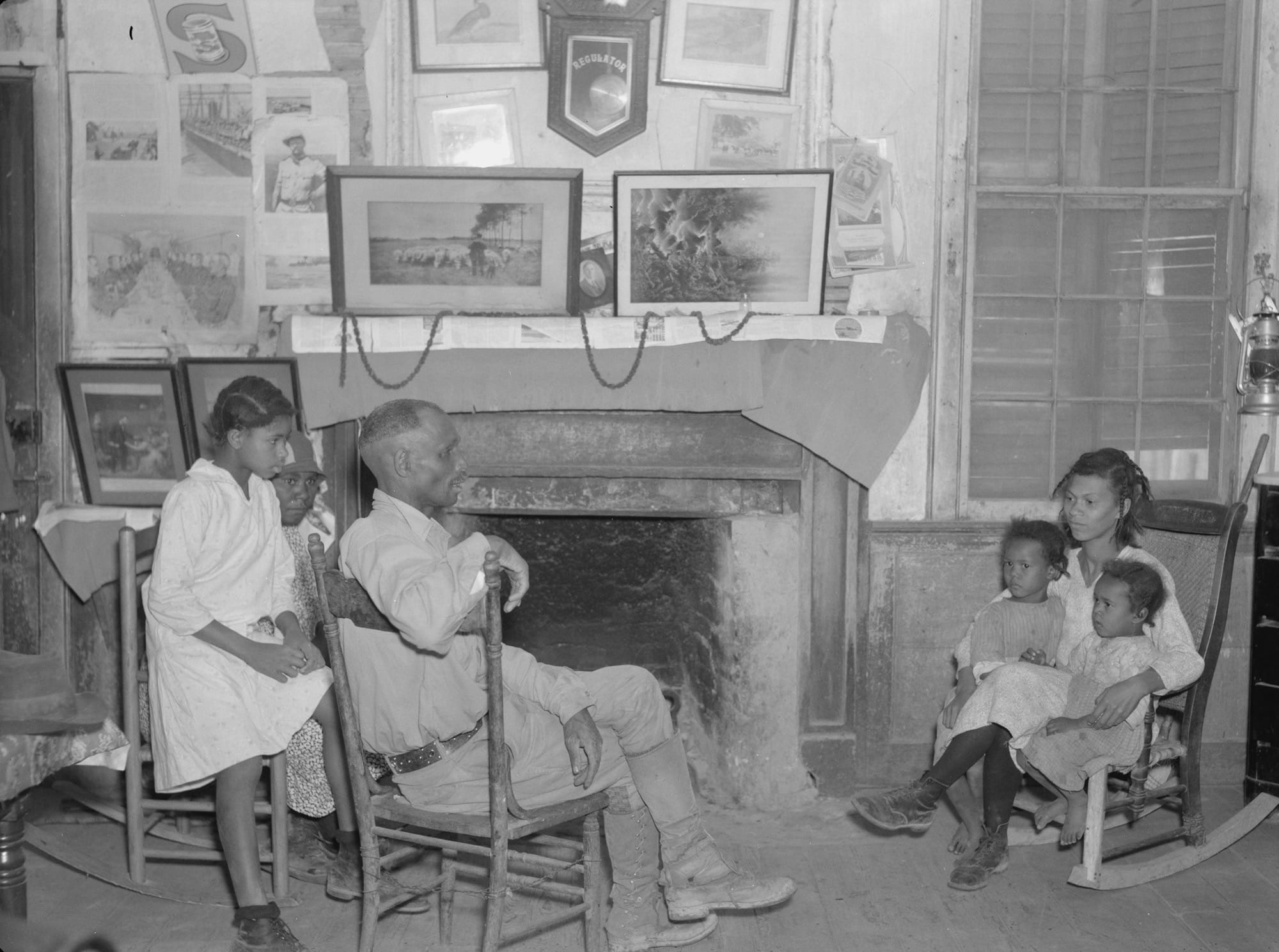
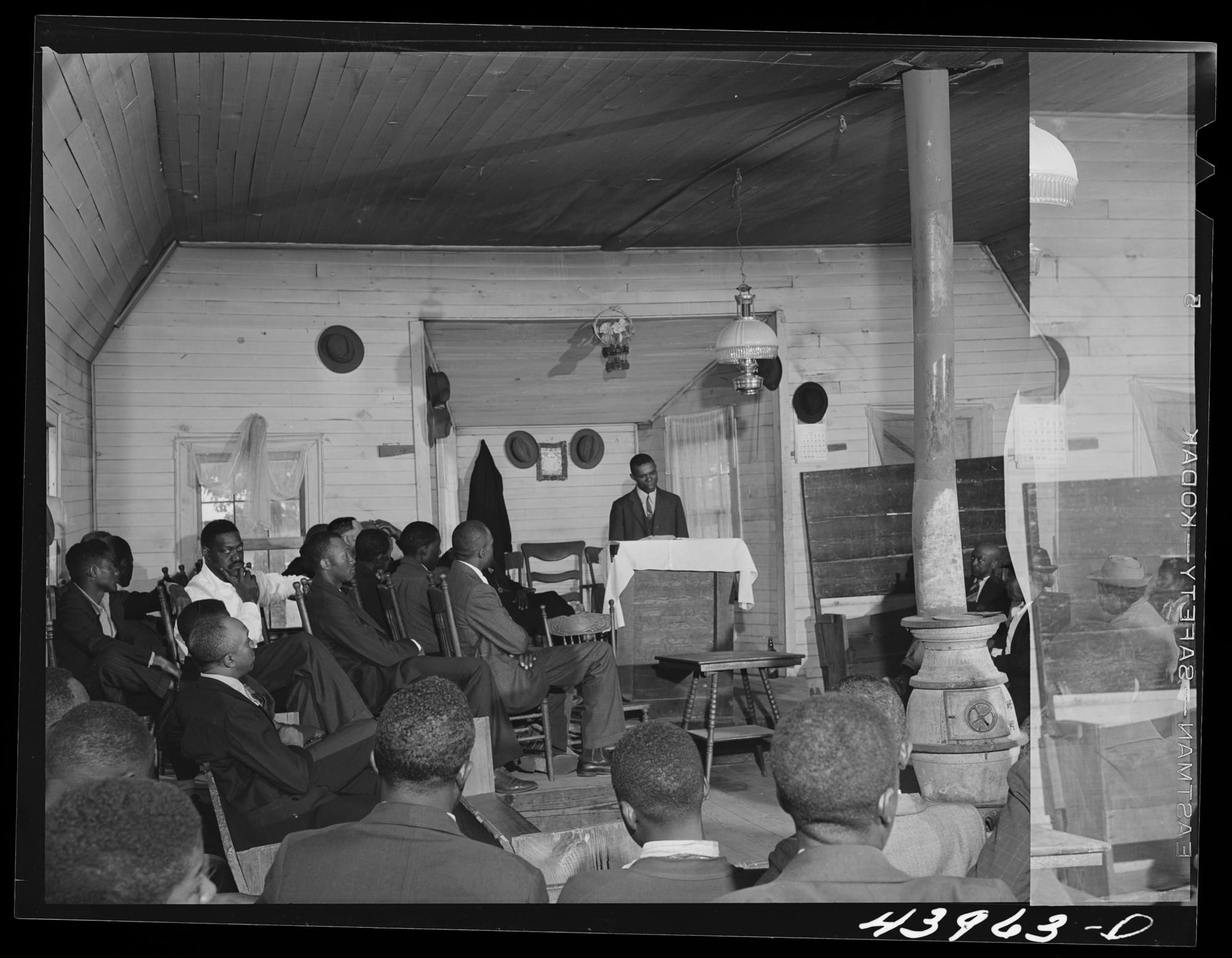
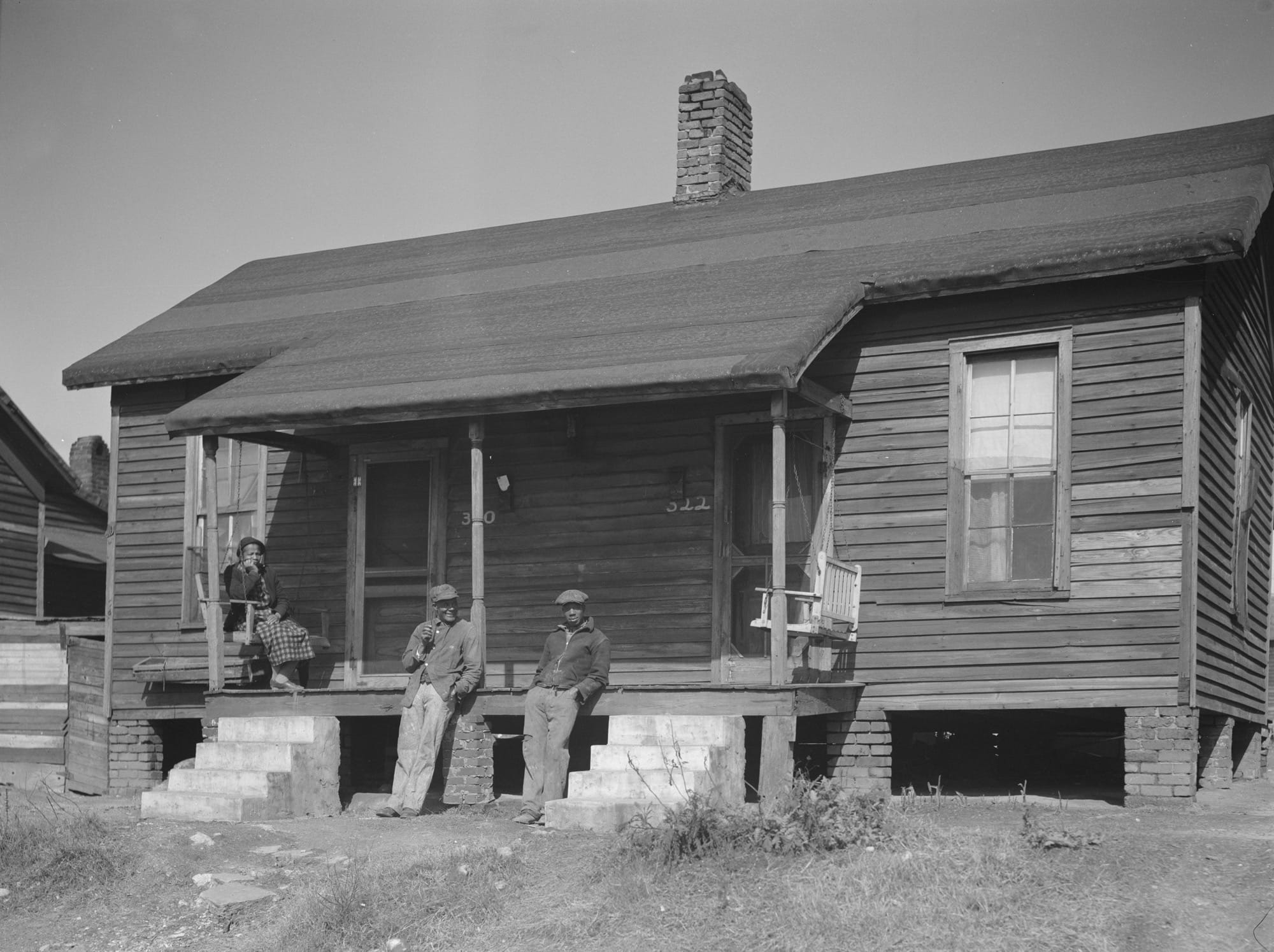
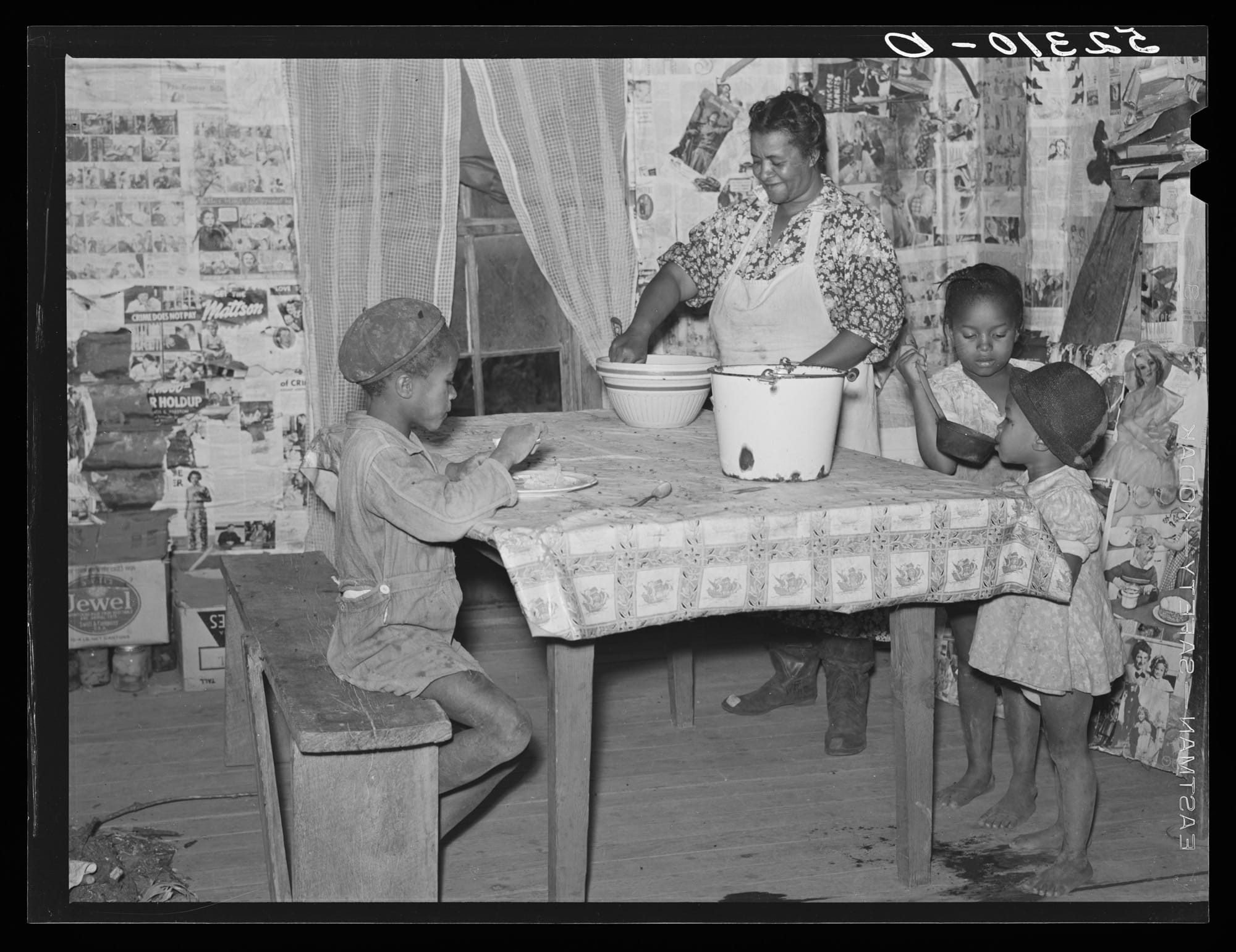
Do stories and artists like this matter to you? Become a Colossal Member today and support independent arts publishing for as little as $7 per month. The article ‘Crafting Sanctuaries’ Sheds Light on Black Experience in the South During the Great Depression appeared first on Colossal.

